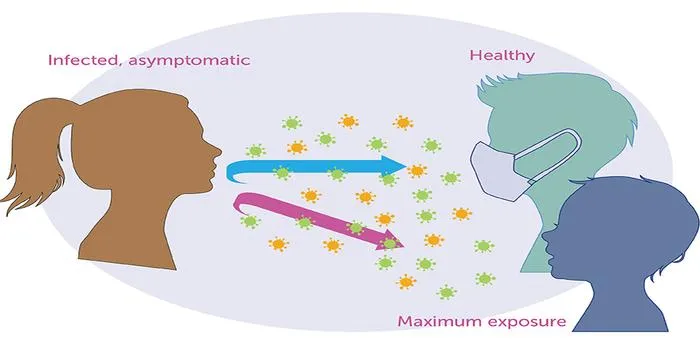- Home >
- Science
- > Technology
What’s the Difference Between Sugar in Fruit and Sugar in Sweets and Candy?
When it comes to sugar, not all types are created equal. The sugar found in fruit and the sugar in sweets and candy differ significantly in terms of their nutritional impact and health effects. The primary distinction lies in their source and the way they are processed by the body.

Understanding the difference between ''sugar in fruit'' and ''sugar in sweets and candy'' is crucial for making informed dietary choices. While both types of sugar can affect our bodies, their sources and effects differ significantly. Let’s explore these differences in detail.
Types of Sugars
There are two primary types of sugars: ''natural sugars'' and ''added sugars''. Natural sugars are found in whole foods such as fruits, vegetables, and dairy products. Added sugars, on the other hand, are those that are incorporated into foods and beverages during processing or preparation. This includes sugars found in sweets, candies, and sugary drinks.
Chart: Sugar Content Comparison
| Type of Sugar | Source | Average Sugar Content (per 100g) | Additional Nutrients |
|---|---|---|---|
| Natural Sugar | Fruit (e.g., apples, bananas) | 10-15g | Vitamins, minerals, fiber |
| Added Sugar | Sweets and Candy (e.g., chocolate, gummies) | 50-70g | Minimal nutrients |
Natural Sugars in Fruit
''Natural sugars'' in fruit come primarily from fructose, which is metabolized differently than glucose, the primary sugar in sweets. Fruits also offer a wealth of other nutrients, including vitamins, minerals, antioxidants, and dietary fiber. The fiber in fruit slows down the absorption of sugar, leading to a gradual increase in blood sugar levels rather than a sharp spike. This makes fruits a healthier option for satisfying your sweet tooth.
For example, an apple contains about 10-12 grams of sugar but is also packed with fiber, Vitamin C, and various phytonutrients. Eating whole fruit contributes to a balanced diet and can help with weight management due to its satiating properties.
Sugars in Sweets and Candy
On the contrary, ''sweets and candy'' are often loaded with ''added sugars'', which can lead to various health issues, including obesity, diabetes, and heart disease. These sugars are typically found in the form of high-fructose corn syrup, sucrose, and other sweetening agents that provide empty calories without any nutritional benefit.
For instance, a standard serving of gummy bears can contain up to 30 grams of sugar, and with no fiber or essential nutrients, it can lead to rapid spikes in blood glucose levels. Consuming high amounts of added sugars can also contribute to cravings, leading to a cycle of overconsumption.
Health Implications
The health implications of consuming natural sugars versus added sugars are significant. ''Natural sugars'' from fruit come with beneficial nutrients that can promote overall health. In contrast, ''added sugars'' from sweets and candy can lead to numerous health complications when consumed in excess.
Benefits of Natural Sugars:
- Rich in vitamins and minerals
- High in fiber, which aids digestion
- Help maintain balanced blood sugar levels
- Lower calorie density compared to candy
Risks of Added Sugars:
- Increased risk of obesity
- Higher likelihood of developing type 2 diabetes
- Potential for dental issues
- Contributes to inflammation and heart disease
Conclusion
In summary, while both ''sugar in fruit'' and ''sugar in sweets and candy'' contain sugar, their effects on the body are vastly different. Natural sugars found in fruit come with essential nutrients and fiber that support health, while added sugars in sweets and candy provide little nutritional value and can lead to health problems when consumed in excess. Prioritizing the consumption of whole fruits over processed sweets can be a positive step toward better health. By understanding the differences between these types of sugars, you can make more informed choices about your diet and overall well-being.












